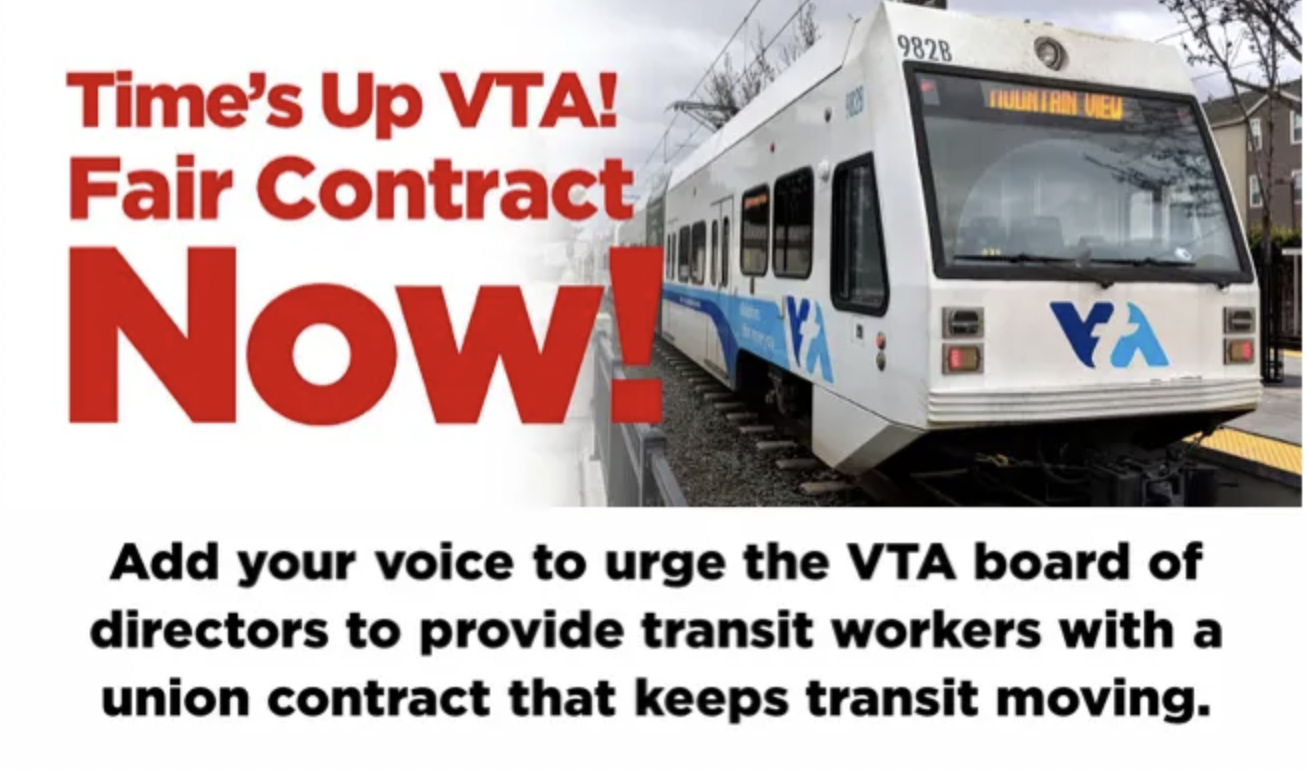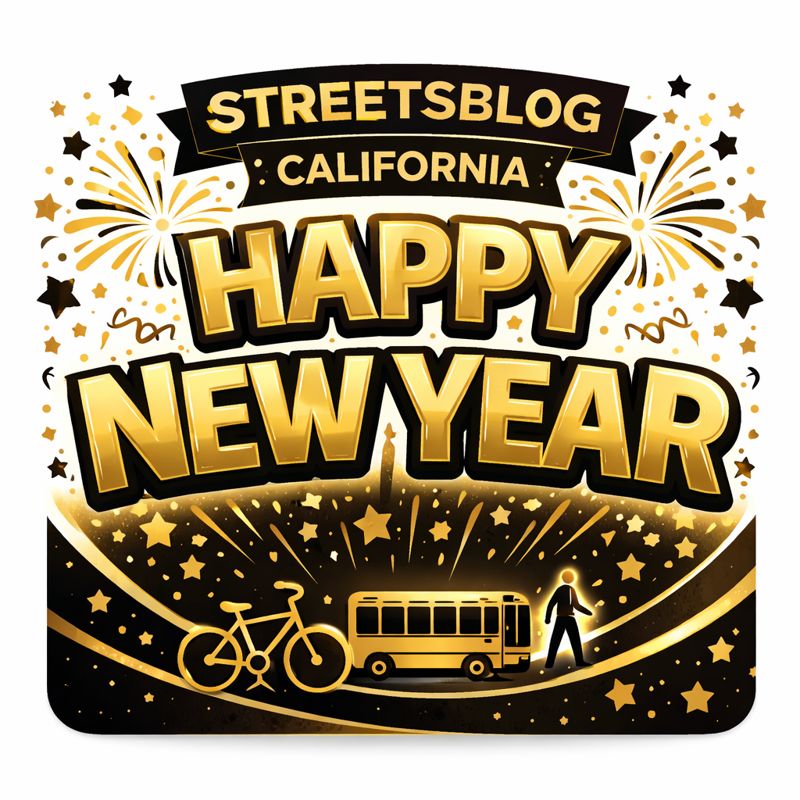As the clock struck midnight on the morning of March 10, 1,500 members of the Amalgamated Transit Union (ATU) Local 265 began a strike against the Valley Transit Authority (VTA) moments after the most recent contract between the ATU and VTA expired. VTA serves over 100,000 passengers daily in the Silicon Valley and Bay Area, many of whom are taking to social media or local news outlets to express their displeasure.
The main disagreement between ATU and VTA is the size of the salary increase ATU members should receive in the next contract. VTA is proposing a wage increase of 9.3% over the next three years and a $1,500 one-time payment for members. ATU wants an 18% increase over the same time.
But money isn’t the only issue at stake. ATU also takes issue with changes to the vacation schedule, an increase in the amount that members would have to pay for dental insurance, a change that would allow VTA to terminate an employee after one year of disability leave, and the sole power to determine if an employee grievance goes to arbitration or another venue.
ATU and VTA have been negotiating over the past half-year, but were unable to reach an agreement. Recently, VTA has been appealing to higher powers for help ending the strike, but thus far have been rebuffed in their efforts.
Yesterday, a court twice denied a petition to order the strikers back to work. VTA claims that a clause in the now-expired contract between the transit agency and ATU says that transit operators cannot strike.
The judge set a March 26 date for a hearing to determine whether the courts will order the strike ended. As negotiations between VTA and ATU are not ongoing at the moment, some worry that means the two sides will not attempt to bargain again until the hearing has occurred. ATU leadership claims they asked to resume negotiations yesterday after VTA’s first petition was rejected, but instead the transit agency refiled their petition.
Both sides claimed victory yesterday with VTA saying the judge’s decision to set a hearing date being set proves that they have a strong case. ATU argues the opposite, saying that the judge’s refusal to grant a short-term injunction shows that the legal system will eventually side with their right to strike completely.
Over the weekend, VTA asked Governor Gavin Newsom to intervene, but on Monday his office announced he would not step in as none of the people impacted were important enough to be on his podcast but instead the governor urged both sides to come back to the table for more negotiations.
Currently, most VTA operations are primarily funded by a mix of sales regional tax measures, the state’s Transportation Development Act funds. Only 15% of operations are funded by fares, meaning that even a substantial fare increase would not be a tool that would allow VTA to meet all of ATU’s demands. In this 2022 piece at Medium, Monica Mallon explains how VTA’s funding works if you would like a more detailed explanation.
All of this happens against a backdrop of increasing uncertainty for transit funding in California and across the country.
Nationwide, the Trump administration has moved aggressively against transportation projects and programs that they deem “woke” or that are designed to battle the devastating impacts of unchecked global warming and climate change. In just the past 24 hours, the administration has threatened to pull funding from the New York Subway and the CEO of AMTRAK has stepped down over threats to slash the agency’s subsidy in half.
In California, the picture is also bleak, although at least here state leaders are trying to fix the problem instead of trying to create the problem. Last month, UCLA Luskin Center Director Juan Matute broke down the state of transit funding in California, noting the steep fiscal cliff agencies are facing. However, there are leaders in the legislature and advocacy groups working toward short-term fixes to help CA agencies while new funding streams can be created.
Meanwhile, there are over 100,000 transit riders who are caught in the middle. Many are either walking to work or taking expensive rideshare trips instead of their transit commute. Mallon has been an advocate for VTA riders, and her social media account has turned into a diary of her commute, walking through the rain, trying new transit options to cut some miles off her route, and posting the results to Twitter/X or TikTok.
Mallon is also urging people to reach out to decision makers at VTA to urge them to end the strike, namely VTA chair Sergio Lopez, sergiol@campbellca.gov, and San Jose Mayor Matt Mahan, mayor@sanjoseca.gov.
Streetsblogs California and San Francisco will continue to monitor the strike, and hope to report soon that it is over.






